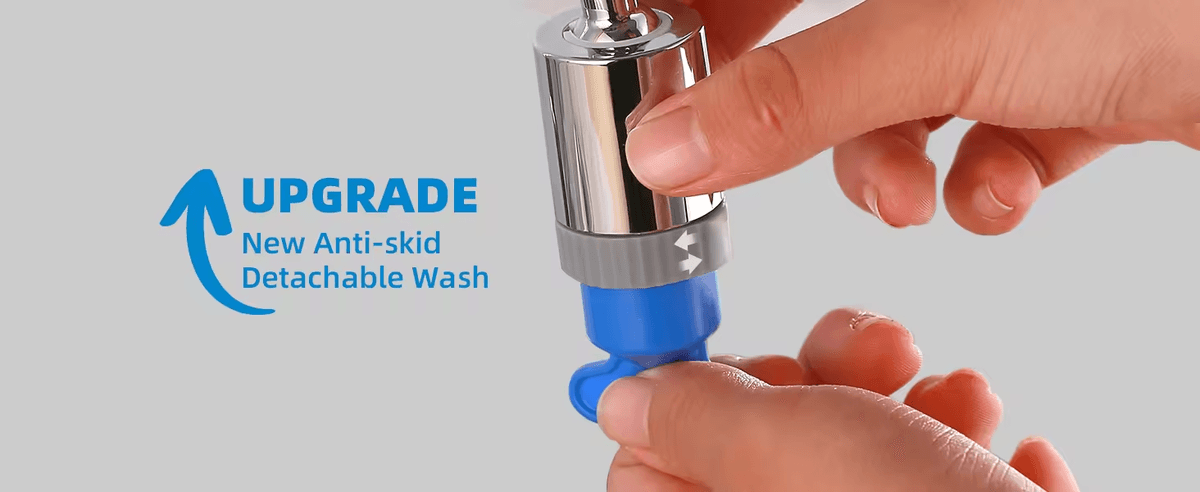How does a water-saving shower head work?
The working principle of water-saving shower heads is mainly based on reducing the water flow during a single shower while maintaining a comfortable shower experience. Here’s how several common water-saving shower heads work:
Restricted flow nozzles: Water-saving shower heads are often equipped with limited flow nozzles, which are designed with special structures, such as small holes or slits, to reduce the flow of water through them. By limiting the flow of water, water usage can be significantly reduced, even at the same water pressure.
Air Mix Technology: Some water-saving shower heads feature air mix technology, which adds volume to the water by injecting air into the flow of water. Air is sucked in through small holes in the shower head and mixed with the water flow to form bubbles, which reduces water consumption while maintaining shower comfort.
Pressure Compensation Technology: This shower head design provides consistent water flow at varying water pressures. Even when the water pressure is low, special valve or channel designs can ensure proper flow and pressure, thereby avoiding longer shower times due to insufficient water pressure.
Pulse or intermittent flow: Some water-saving shower heads are designed to have a pulse or intermittent flow pattern that simulates the effects of natural rainfall. This mode can provide an adequate showering experience while reducing water waste caused by continuous water flow.
Adjustable water flow: Many water-saving shower heads allow users to adjust the water flow to personal preference. This design allows users to save water by increasing the water flow when strong flushing is required and reducing the water flow when gentle flushing is required.
Intelligent control: Some high-end water-saving shower heads may integrate intelligent control systems, such as automatic switch functions with sensors, or can control water flow and temperature through mobile applications to further improve water usage efficiency.
Through these design and technological innovations, water-saving shower heads can effectively reduce household water consumption while providing users with a comfortable shower experience. This has positive significance for saving water resources, reducing household water bills and protecting the environment.
When you are looking for a shower factory, it is recommended that you consider the following factors: product quality, design capabilities, customization services, price, delivery time and after-sales service. You can get more information by visiting the official websites of the above companies or contacting them directly to make the best choice. At the same time, you can also participate in relevant industry exhibitions to learn about products in person and communicate face-to-face with manufacturers.
The production cycle of customized shower equipment can be considered from design to delivery, which usually includes design, production, quality inspection, assembly and delivery. In the custom shower room industry, the production cycle is a key concept that is affected by many factors, including the complexity of the design, the procurement of materials, the complexity of the production process, and the quantity of the order. Generally speaking, the production cycle for a custom shower room can range from a few weeks to a few months, depending on the customer's specific needs and the manufacturer's production capabilities.
As for expedited orders, some manufacturers may provide expedited services, but this usually requires additional fees and requires detailed communication and negotiation with the manufacturer at the time of order confirmation. Acceptance of rush orders depends on the manufacturer's current workload, flexibility in production scheduling, and availability of sufficient resources to meet rush demand. In some cases, in order to process urgent orders, manufacturers may adopt the form of "order-for-order", that is, exchange an order that has been scheduled, or work overtime to meet the needs of the business unit.
In general, the production cycle of customized shower equipment and whether to accept rush orders require close communication and negotiation between customers and manufacturers in order to find the best solution that meets the needs of both parties.







